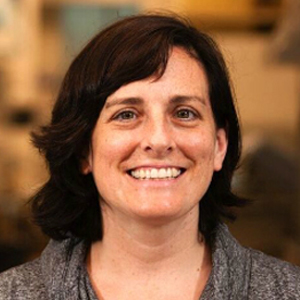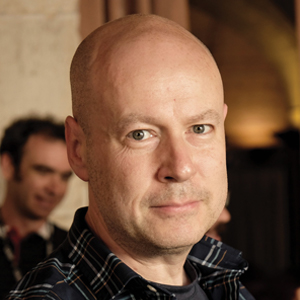Breakthroughs in sending
the message
Some of the most fascinating biological processes, such as embryonic development, tissue regeneration and the physiological integration of body functions, rely on a network of cell–cell communication pathways.
Although the molecular players in cell–cell communication have long been known from genetic studies in model systems, many of the underlying mechanisms only now are beginning to be deciphered. Within this area, cell-surface receptors function like air-traffic controllers, integrating inputs from the cell’s exterior and interior to trigger signal transduction pathways, leading to specific cellular responses.
This track will focus on emerging mechanisms in cell-cell communication, particularly how cell-surface receptors interpret mechanical stimuli, how signaling molecules are controlled by less well understood post-translational modifications and how signaling polarizes cells and tissues. The track will showcase diverse modern approaches to understanding cell signaling, ranging from structural to organismal biology.
Keywords: mechanobiology, structural biology, post-translational modifications, signal transduction, receptors, ligands.
Who should attend: cell biologists, biochemists, structural biologists and developmental biologists, and particularly grad students and postdocs interested in emerging themes and state-of-the-art methodology in cell–cell signaling research.
Theme song: “Hotel California” by the Eagles. Once you come to our session, you will not want to leave.
This track is powered by communication.
Talks
- Piezo1 gains traction — Medha Pathak, University of California, Irvine
- Mechanotransduction in vascular health and disease — Martin Schwartz, Yale University
- Mechanical force and Notch signaling — Wendy Gordon, University of Minnesota
- Mechanisms linking mechanotransduction and cell metabolism — Kristin DiMali, University of Iowa
- Getting hedgehogs where they need to go — Stacey Ogden, St. Jude Children’s Research Hospital
- Rhomboid proteins in cell signaling — Matthew Freeman, University of Oxford
- Lipids and hedgehogs — Adrian Salic, Harvard Medical School
- Role of Notch glycosylation in signaling — Pamela Stanley, Albert Einstein College of Medicine
- Ligand engineering for probing receptor signaling mechanisms — Chris Garcia, Stanford University
- Cellular communication via adhesion — Demet Arac, University of Chicago
- Mechanisms of Wnt5a-Ror signaling in development and disease — Henry Ho, University of California, Davis
- Wnt/planar cell polarity signaling in skeletal development — Yingzi Yang, Harvard Dental School
Enjoy reading ASBMB Today?
Become a member to receive the print edition four times a year and the digital edition monthly.
Learn moreFeatured jobs
from the ASBMB career center
Get the latest from ASBMB Today
Enter your email address, and we’ll send you a weekly email with recent articles, interviews and more.
Latest in Careers
Careers highlights or most popular articles

Building the blueprint to block HIV
Wesley Sundquist will present his work on the HIV capsid and revolutionary drug, Lenacapavir, at the ASBMB Annual Meeting, March 7–10, in Maryland.

Upcoming opportunities
Present your research alongside other outstanding scientists. The #ASBMB26 late-breaking abstract deadline is Jan. 15.

Designing life’s building blocks with AI
Tanja Kortemme, a professor at the University of California, San Francisco, will discuss her research using computational biology to engineer proteins at the 2026 ASBMB Annual Meeting.

Upcoming opportunities
#ASBMB26 late-breaking abstract submission opens on December 8. Register by Jan. 15 to get the early rate on our Annual Meeting.

Make your abstract stand out
Ensure your research is impossible to overlook. Get quick, practical reminders for crafting an abstract that attracts readers and helps you build connections at the conference.

Inside industry postdocs
As more Ph.D. scientists look beyond academia, industry postdocs offer a new kind of training, where mentorship meets mission-driven research. Fellows at Pfizer and Genentech share how these programs prepare them to translate discovery into impact.


